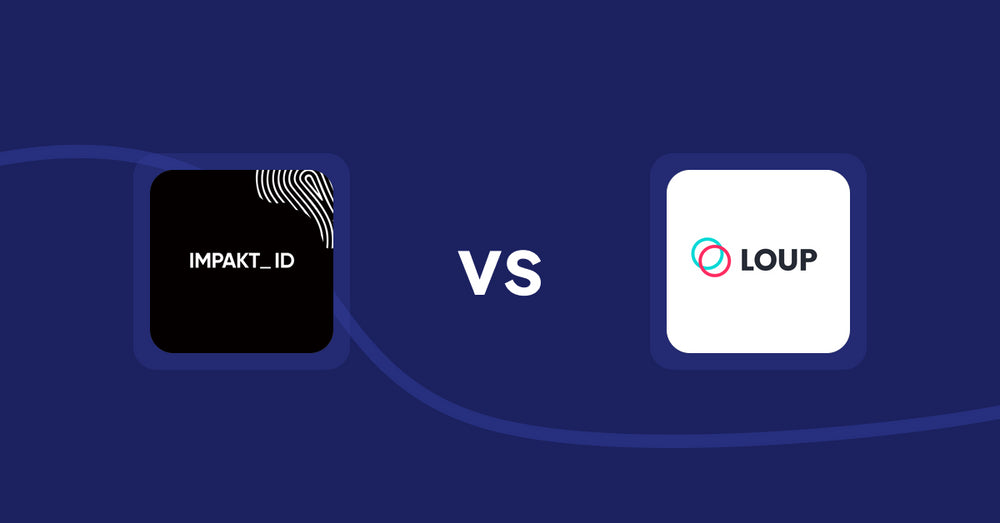Shopify Metafield Apps: Native Metafields vs MetaMind

Table of Contents
- Introduction
- How Does Native Metafields Work?
- How Does MetaMind Work?
- How Much Does Native Metafields Cost?
- How Much Does MetaMind Cost?
- Cost Analysis: Native Metafields vs. MetaMind
- User Reviews & Customer Support Insights
- Integration and Compatibility Comparison
- Conclusion
Introduction
In the evolving landscape of e-commerce, the management of product data is more critical than ever. Metafields serve as vital components that allow merchants to customize product information beyond the basic fields available in Shopify. These small data fields can significantly enhance product listings and improve the customer experience on your online store. As such, the role of metafield apps has become increasingly important in boosting SEO, streamlining operations, and facilitating personalized customer experiences.
In this blog post, we will explore two prominent Shopify metafield apps: Native Metafields and MetaMind. Both apps are designed to provide merchants with a robust range of metafield management capabilities, but they differ in functionality and user experience. Ultimately, we will argue that Native Metafields offers a more comprehensive solution for managing metafields effectively.
How Does Native Metafields Work?
Native Metafields, developed by SB FUND CAPITAL, simplifies the process of managing metafields significantly. With its user-friendly interface and expansive feature set, the app allows merchants to handle a variety of metafield types all in one place.
Key Features of Native Metafields
-
Comprehensive Metafield Management:
- The app supports all metafield types, including color pickers, date & time, files, and JSON. This flexibility empowers businesses to customize their product information to meet unique needs.
-
View, Filter, and Edit:
- Users can view, search, filter, and edit all metafields with just a click. This feature streamlines workflow, allowing businesses to save valuable time, especially when managing numerous products.
-
Import and Export Capability:
- The app supports importing and exporting metafields, which is crucial for businesses looking to migrate or back up their data efficiently. It's designed to handle large volumes, making it suitable for businesses of all sizes.
-
Liquid Code Retrieval:
- Merchants can retrieve Liquid code syntax for their metafields, facilitating easy customization on their storefronts without needing extensive coding knowledge.
Relevance for Different Business Sizes
-
Startups: New businesses can leverage the free Starter plan to familiarize themselves with metafields and gradually scale their operations as they expand their product offerings.
-
Small to Medium Businesses: These businesses can benefit from the advanced features like editing and larger data handling, ensuring they stay organized as they grow.
-
Large Enterprises: Established businesses can fully utilize the app's professional and expert plans, which offer extensive data handling capacities, efficient product management, and customization capabilities.
Hypothetical Scenarios
Imagine a small online clothing shop that struggles to manage multiple variants and their associated metafields. Using Native Metafields, the owner can quickly filter to view all color, size, and price variations simultaneously. By using the import/export feature, the shop can update its catalog with new lines effortlessly, leading to increased efficiency and a smoother customer experience.
How Does MetaMind Work?
MetaMind, developed by Adara, approaches metafield management differently with a focus on automation and AI-driven tagging. This is particularly valuable for users looking to streamline the process of product organization.
Key Features of MetaMind
-
AI-Driven Tagging:
- MetaMind uses specialized AI to tag products automatically. This feature is designed to save merchants time and effort, especially when dealing with large inventories.
-
Multilingual Tagging:
- The app supports both English and Spanish, allowing businesses to cater to a broader audience, especially in bilingual markets.
-
Full Control Over Metafields:
- Users can edit or remove metafields generated by the app, ensuring they maintain oversight and customization of their product data.
Relevance for Different Business Sizes
-
Startups: New businesses can utilize the free to install option to experiment with automated tagging systems without committing significant budget resources.
-
Small to Medium Businesses: These companies can use MetaMind's tagging for faster inventory management, which is invaluable when introducing new products or managing seasonal items.
-
Large Enterprises: For big organizations, the app's advanced automation features can significantly reduce the time and labor spent on product management.
How Much Does Native Metafields Cost?
Cost-effective solutions play an integral role in selecting business tools for metafield management. Below are the pricing tiers for Native Metafields, detailing what each offers:
1. Starter Plan
- Price: Free
- Features: View products, customers, variants, orders, and collections metafields; retrieve Liquid code syntax.
- Limitations: Basic features only; ideal for small inventories.
- Target Audience: Perfect for startups testing metafield management.
- Additional Costs: None.
2. Advanced Plan
- Price: $6.99/month
- Features: 14-day trial, all Starter features; edit metafields; import & export up to 500 records per file.
- Limitations: Limited data capacities compared to higher-tier plans.
- Target Audience: Small to medium businesses ready to scale their metafield management.
- Additional Costs: None.
3. Professional Plan
- Price: $9.99/month
- Features: 14-day trial, free for development stores, all Advanced features; import & export up to 2000 records per file.
- Limitations: Suitable for more extensive operations.
- Target Audience: Medium to large enterprises looking for enhanced capabilities.
- Additional Costs: None.
4. Expert Plan
- Price: $15.99/month
- Features: 14-day trial, all Pro features; import & export up to 5000 records per file.
- Limitations: Best suited for very large businesses.
- Target Audience: Larger enterprises that require extensive metafield management.
- Additional Costs: None.
It is essential to note that you can always reach out to our team, and we can create a custom pricing plan to suit your needs and your budget. Schedule a call via this link and we’ll come up with the best solution for you and your business.
How Much Does MetaMind Cost?
MetaMind adopts a different pricing structure that emphasizes flexibility with a credit-based system. Here's a breakdown:
Pricing Overview
- Free to Install: Offers 1000 credits for $29.99; using 10 credits to tag a product or variant.
- Additional Costs: No hidden fees; however, the cost may escalate based on tagging volume.
While this model may seem cost-effective initially, it can quickly become expensive as the inventory grows in complexity, making it less suitable for larger merchants.
Cost Analysis: Native Metafields vs. MetaMind
When comparing costs, Native Metafields presents a clearer and more predictable pricing structure that aligns better with different business sizes. Additionally, the extensive feature set provided at every tier enhances the value proposition. The ability to import and export large amounts of data gives Native Metafields a significant edge, especially for businesses that regularly manage vast inventories.
In contrast, while MetaMind's AI-driven tagging presents an innovative approach, the credit system can lead to unexpected costs. The absence of additional pricing tiers limits flexibility for growing businesses that require more comprehensive features.
User Reviews & Customer Support Insights
Is Native Metafields Good?
Native Metafields has garnered a 5-star rating from 64 reviews, highlighting its effectiveness in empowering users to manage their metafields with ease. Many users value the straightforward interface and the extensive functionality that meets their creative needs.
Is MetaMind Good?
MetaMind also enjoys a perfect 5-star rating from 3 reviews. However, with such a limited pool, making broad assumptions about user satisfaction is challenging. Users may appreciate the innovative tagging system but could critique the lack of flexibility in pricing.
Customer Support Feedback
Customer support is paramount in the app landscape. Native Metafields, given its extensive user reviews, suggests a more mature customer support system, building user confidence. MetaMind's relatively lower user engagement limits insights into their customer service effectiveness.
User Preference: Native Metafields or MetaMind?
Based on average ratings and user sentiment, Native Metafields stands out as a more favored solution. With more extensive user engagement and a broader range of features suited for various business sizes, it positions itself as a robust platform for metafield management.
Integration and Compatibility Comparison
Native Metafields Integrations
Currently, Native Metafields does not specify extracted integrations with other tools or platforms, focusing solely on enhancing metafield management within Shopify.
MetaMind Integrations
Similar to Native Metafields, MetaMind also appears to lack specified integrations, limiting its interoperable functionalities within the Shopify ecosystem.
Conclusion
Both Native Metafields and MetaMind deliver valuable solutions for managing metafields, yet Native Metafields emerges as the superior choice. Offering an extensive range of features, user-friendly design, and a tiered pricing structure that accommodates varying business needs, it provides better cost efficiency and scalability.
With an impressive rating and robust functionalities since its launch, Native Metafields stands out as an invaluable tool for merchants looking to enhance their e-commerce operations through effective metafield management.
Still Searching for the Perfect Customization Solution?
Stop searching and start thriving with Accentuate Custom Fields! This powerful metafield management app supercharges Shopify’s native features, giving you the tools to create a truly personalized customer experience.
Why Choose Accentuate Custom Fields?
- Advanced Customization: Unlimited field definitions, logical grouping, and custom layouts make your store one-of-a-kind.
- Enhanced Editor Experience: Effortlessly edit variant metafields, use advanced HTML and markdown editors, and sync field definitions between stores.
- Flexible Management: Import/export capabilities, automatic tagging, and comprehensive support for Metaobjects and versioning.
- 24/7 Support: If you have any questions or need assistance, our team is available around the clock to help with any custom modifications to suit your store.
Join over 12,000 merchants, including top Shopify Plus stores, who trust Accentuate for their customization needs. With a stellar 4.9-star rating, Accentuate is the go-to tool for advanced CMS needs, offering unmatched flexibility and control over your store’s content. Elevate your Shopify store with high-quality content that boosts customer experiences and conversions. Tell your story, showcase your products, and create an engaging customer journey with ease.
Experience the Accentuate difference and watch your Shopify store thrive!
Accentuate vs Competition
Explore how Accentuate Custom Fields stands out. Whether you’re aiming to customise your storefront, streamline operations or improve content management, see how we compare against the competition

Shopify Product Display Apps: FeatureFrame ‑ Pretty Product vs. AI SEO: Top Product Features

Shopify Product Display Apps: Metadrob: Create Virtual Store vs シンプルクラウドファンディング|お手軽自社クラファン
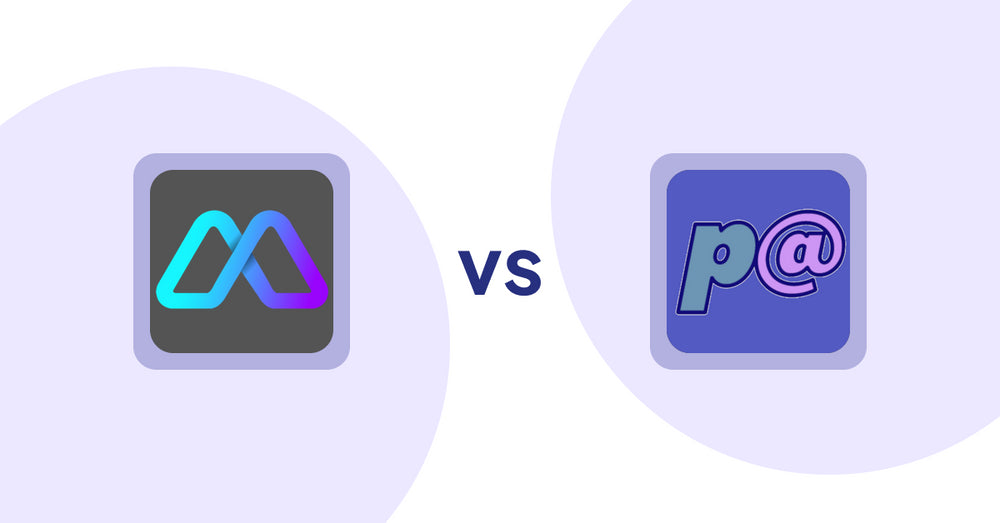
Shopify Product Display Apps: Metadrob: Create Virtual Store vs Parameterizer
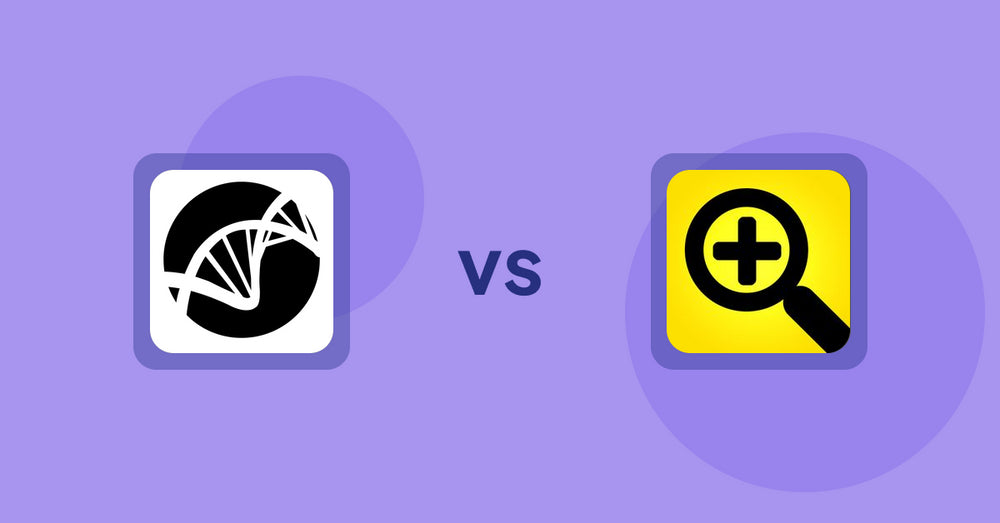
Shopify Product Display Apps: Bike Matrix vs. Fast View: Fastest Quick View
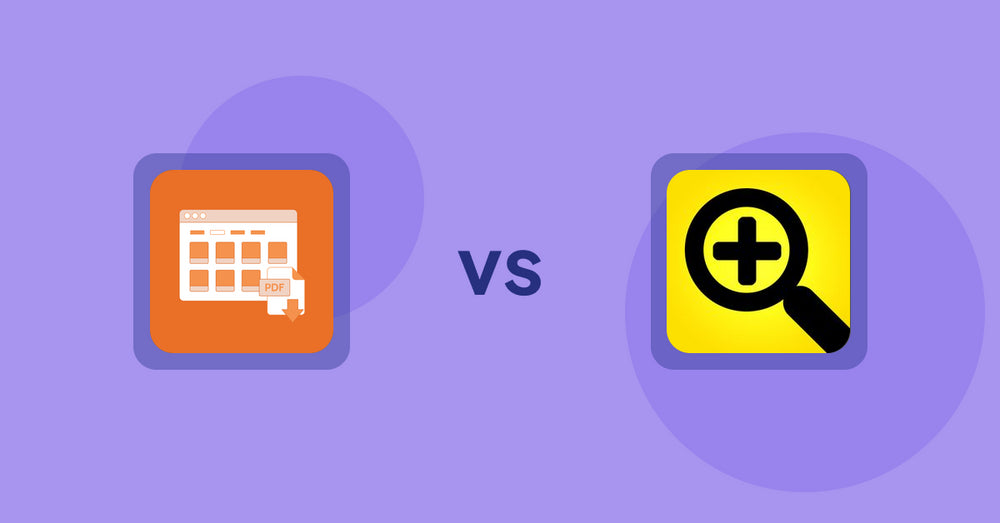
Shopify Product Display Apps: Meetanshi PDF Product Catalog vs Fast View: Fastest Quick View

Shopify Product Display Apps: UR: Smart Ranking vs Sortyfi Collection Merchandise

Shopify Product Display Apps: UR: Smart Ranking vs PDP Star

Shopify Product Display Apps: Menulog vs Reelify ‑ Shoppable Reel Video

Shopify Product Display Apps: H3 Estimated Delivery vs Findify Search & Merchandise

Shopify Product Display Apps: Wordo ‑ ChatGPT AI Description vs Urgency! Low Stock Counter

Shopify Product Display Apps: WS Transparency vs シンプル会員注文割引|お手軽ログインセール設定

Shopify Product Display Apps: WS Transparency vs Reelify ‑ Shoppable Reel Video

Shopify Product Display Apps: Awesome Ranking vs シンプル売り切れ非表示|在庫切れ商品の表示変更

Shopify Product Display Apps: OC Product Size Chart vs FeatureFrame ‑ Pretty Product

Shopify Product Display Apps: Shelfify vs Bike Matrix
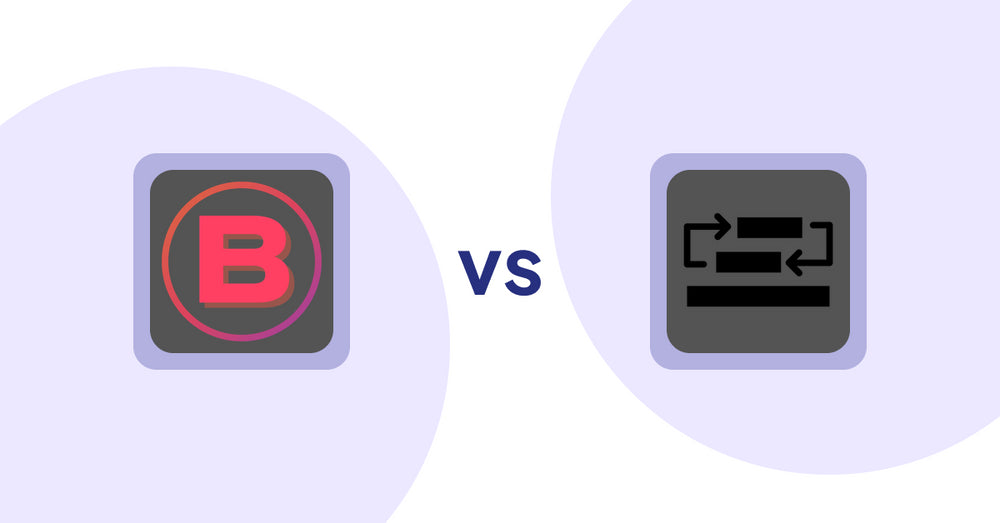
Shopify Product Display Apps: Banter Stories vs Sortyfi Collection Merchandise

Shopify Product Display Apps: Banter Stories vs. Reelify ‑ Shoppable Reel Video

Shopify Product Display Apps: Wordsmith: Content Generator vs Parameterizer

Shopify Product Display Apps: Wordsmith: Content Generator vs Reelify ‑ Shoppable Reel Video

Shopify Product Display Apps: Bringin vs CartBar ‑ Product Purchase Bar
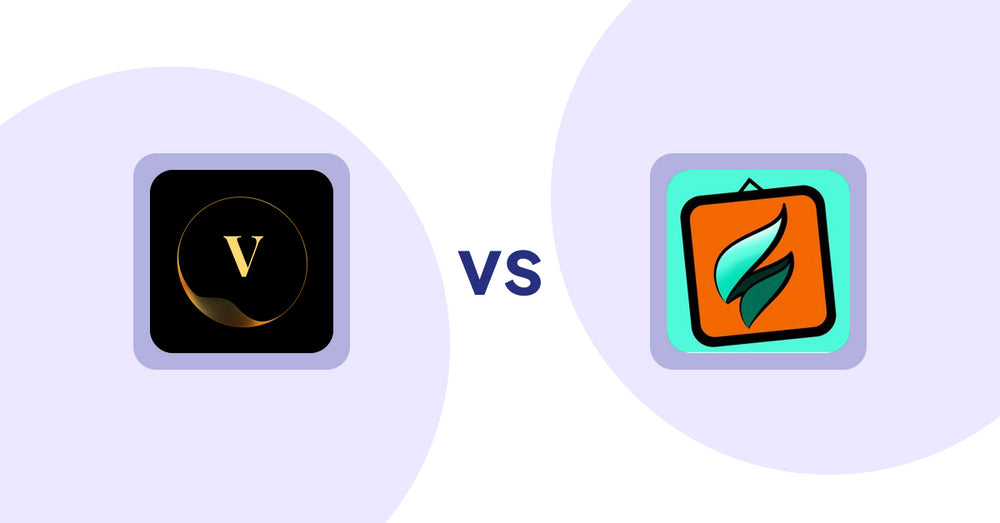
Shopify Product Display Apps: ProductTube vs SMART ‑ Art Product Builder

Shopify Product Display Apps: Xpander vs PDP Star

Shopify Product Display Apps: Xpander vs Banter Stories

Shopify Product Display Apps: Wonderful Widgets vs Bringin

Shopify Product Display Apps: BookE - Rent Property & Service vs Metadrob: Create Virtual Store

Shopify Product Display Apps: BookE ‑Rent Property & Service vs. Banter Stories

Shopify Product Display Apps: Product Table vs. Xpander

Shopify Product Display Apps: Selling Fast vs CartBar ‑ Product Purchase Bar

Shopify Product Display Apps: Selling Fast vs. Loup: Sell on Instagram

Shopify Product Display Apps: Selling Fast vs. Findify Search & Merchandise

Shopify Product Display Apps: Selling Fast vs. Aiuta

Shopify Product Display Apps: Selling Fast vs Bestsellr

Shopify Product Display Apps: Selling Fast vs ProductTube

Shopify Product Display Apps: Extendons Product Tag Images vs Urgency! Low Stock Counter

Shopify Product Display Apps: Writer Sofia vs シンプルクラウドファンディング|お手軽自社クラファン

Shopify Product Display Apps: Writer Sofia vs Wordsmith: Content Generator
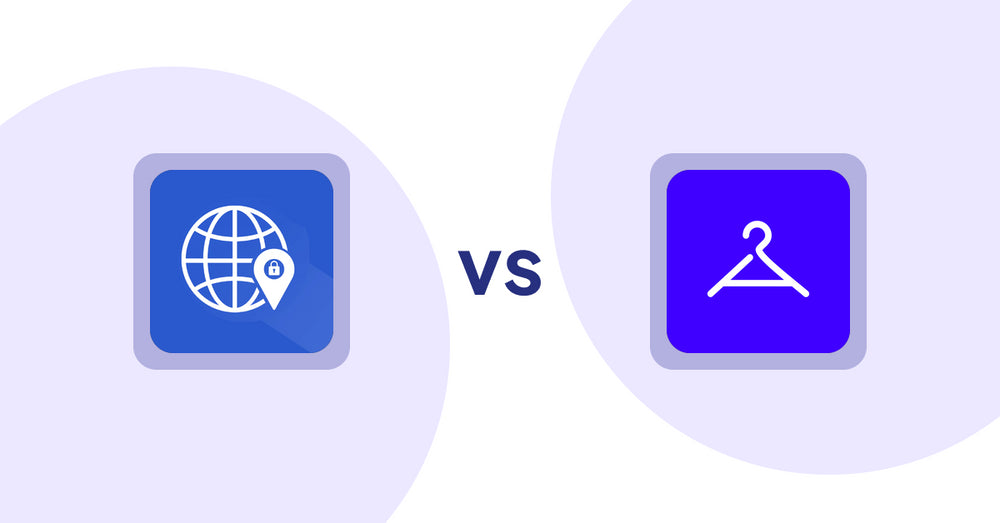
Shopify Product Display Apps: Addify ‑ Country Restrictions vs Aiuta
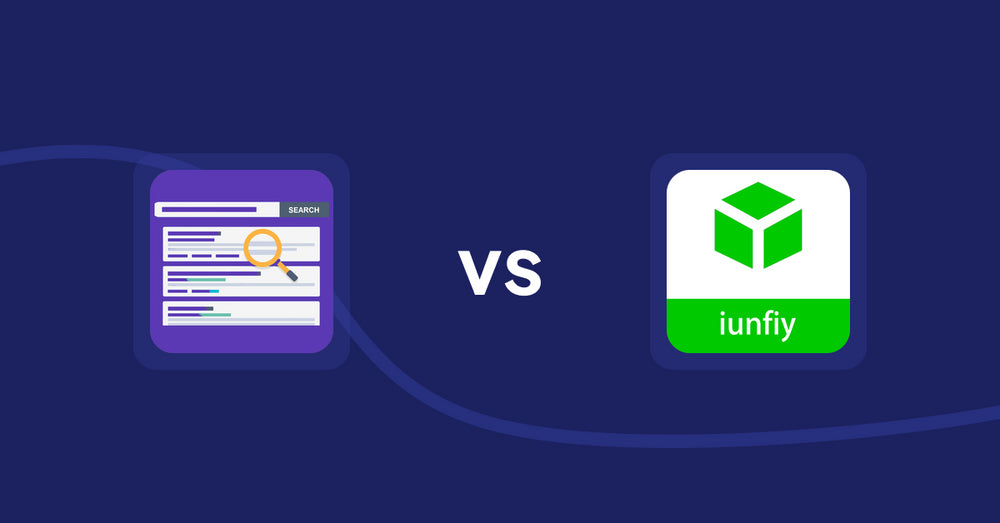
Shopify Product Display Apps: Spark AI Products Description vs iunfiy • Related Products

Shopify Product Display Apps: BeUnico vs Loup: Sell on Instagram

Shopify Product Display Apps: Easy Estimate Shipping vs BookE ‑Rent Property & Service

Shopify Product Display Apps: Easy Estimate Shipping vs. Spark AI Products Description

Shopify Product Display Apps: Mugshot Bot vs Parameterizer
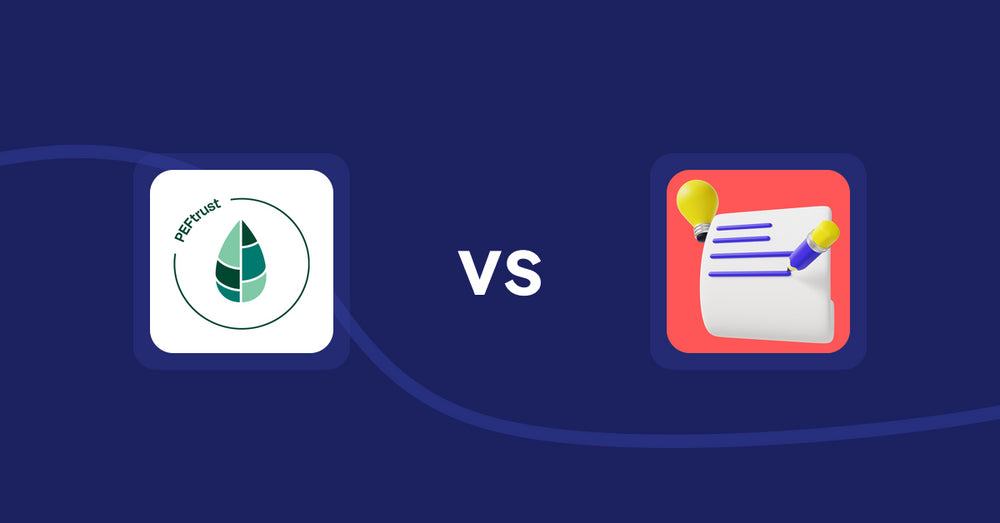
Shopify Product Display Apps: Peftrust vs. Wordo ‑ ChatGPT AI Description

Shopify Product Display Apps: Quick Product Navigator Slide vs Reelify ‑ Shoppable Reel Video

Shopify Product Display Apps: Quick Product Navigator Slide vs. UR: Smart Ranking

Shopify Product Display Apps: Eazy Specification Tags Table vs Agile Attachments

Shopify Product Display Apps: Jedi Back In Stock Admin Alert vs FeatureFrame ‑ Pretty Product

Shopify Product Display Apps: Jedi Back In Stock Admin Alert vs. Findify Search & Merchandise

Shopify Product Display Apps: Jedi Back In Stock Admin Alert vs Banter Stories
